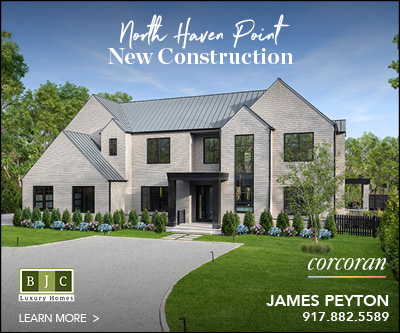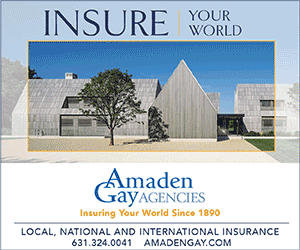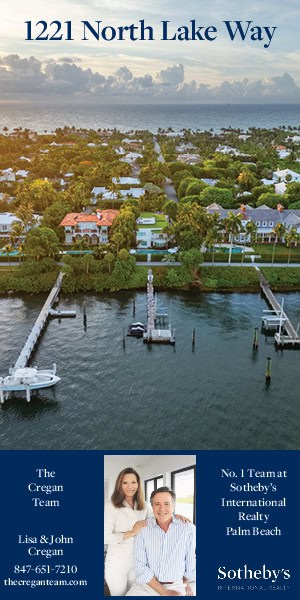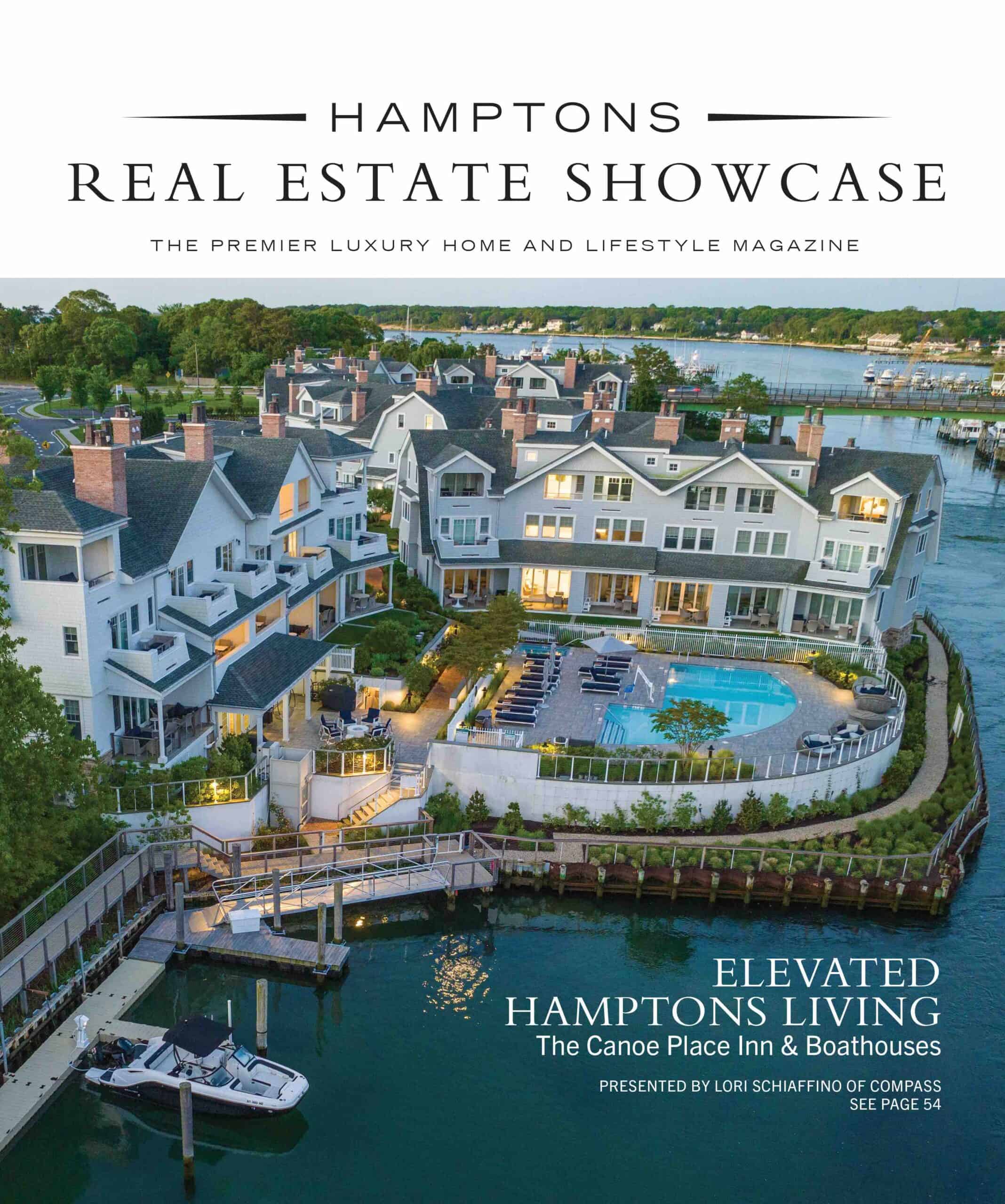
The passive house movement, which started in Germany, is a rigorous building standard that architects and homeowners can adopt, in order to greatly reduce a home’s environmental impact. Here, the word “passive” refers to the means, by which these buildings source heat passively from the sun, reducing energy consumption while prioritizing air quality, durability, and thermal comfort. Concerns that Germany and Switzerland have shared since the late 1980s have now begun to spread to the States, generating more interest in this building method.
A few years ago, I was the architect of my own passive-inspired house on the eastern end of Long Island. Below, I’ve highlighted 5 key principles of passive house building along with some reflections from my own experience.
Airtight Construction
Simply put, the way we built homes 20-30 years ago is not the way we should be building homes now. At the time, energy was cheap, and designing for maximum energy efficiency was not prioritized. As energy prices increased, there was a real push to analyze particular elements of the building envelope. The culmination of that push became building science and passive homes. Passive house standards call for a sealed envelope, meaning that any openings or penetrations in the structure must be closed. By effectively sealing the building, energy spent on heating and cooling is greatly reduced. This characteristic of passive building helps new structures exceed most state energy codes. Where New York state code requires 3 air changes per hour, passive building requires 0.6, resulting in much lower energy bills.
Quality Insulation / No Thermal Bridging
The more insulation a home has, the less energy it requires. The passive house formula, available via the North American Passive House Network, accounts for many aspects of the house such as dimensions, number of windows/window depth, perimeter of the building shell, and other very minute calculations, to determine the amount of insulation required for a structure. A key requirement of passive building is to prevent thermal bridging (the conduction of heat/cold from the exterior to the interior) by applying insulation to the exterior of the building’s sheathing.
Superior Windows
While passive homes require an airtight envelope, they can still have windows. However, because windows have lower R values (insulation values) than wall material, triple-glazed windows should be used instead of the double pane windows we typically see in the Northeast. Triple-glazed windows employ three panels of glass, which increase insulation and reduce noise trade — meaning the interior of passive buildings tend to be very quiet as an added benefit.
Solar Orientation
As I like to say, “There is nothing cheaper than free heat from the sun.” Passive buildings make optimal use of our earth’s seasonal sunlight patterns. In the Northeast, it is best to position your building facing toward the south, adding overhangs to the roofing and windows that block out the intense summer sun. This prevents the sun from heating the house to excess while allowing in the low-to-the-ground winter sun during the colder months.
Mechanical Ventilation with Heat Recovery
Because passive buildings are well sealed, a way to refresh the air inside is critical. ERVs are equipped with fans, one that draws fresh air into your home, and one that pulls stale air out. When the two airstreams pass through the ERV, a heat exchanger transfers heat and moisture from one airstream to the other. The ERV brings in the fresh air and exhausts stale air in an economical way, ensuring stale air does not remain indoors and that proper humidity levels are maintained. Who doesn’t want fresh air in their home?
In my experience, the effort required to build a passive house is well worth it. Any additional costs tend to effectively pay the homeowner back in monthly energy savings, and because passive houses require less heating and cooling, you end up with reduced mechanical equipment costs.









![Elegance and intelligence abound at this waterfront masterpiece with 8,065± sq ft, 7 bedrooms and 8.5 baths. 101 Jessup Lane boasts a sweeping double stairway entry hallway, 7 romantic fireplaces, a large gathering room, formal dining room, billiard room, and exercise room with sauna. Represented by @rydbergkent of @douglaselliman. [link in bio]](https://hamptonsrealestateshowcase.com/wp-content/uploads/sb-instagram-feed-images/486626595_18501344173030135_6414454892538890571_nfull.webp)
![Discover fabulous floral finds and nature-inspired treasures to bring beauty and charm to your life. Whether you’re adding a touch of nature to your home or finding the perfect gift, these blooming delights are sure to brighten your day! [link in bio]](https://hamptonsrealestateshowcase.com/wp-content/uploads/sb-instagram-feed-images/487711988_18500839267030135_4881948075500906108_nfull.webp)
![Spring, of course, leads inexorably into another summer season here in the Hamptons. According to agents we spoke to, demand is quite strong this year for rentals. A quality medium-priced property, well presented with amenities, is eagerly sought-after. Publicly listed rentals range from a high of $2.5 million, Memorial Day to Labor Day, on Cobb Lane in Water Mill, with quite a few more $1 million plus rentals than usual. [link in bio]](https://hamptonsrealestateshowcase.com/wp-content/uploads/sb-instagram-feed-images/486541532_18500603206030135_1827695170316201968_nfull.webp)
![Perched atop the dunes at Louse Point sits a picturesque house, perfect for enjoying all seasons that East Hampton has to offer. Situated on three quarters of an acre with almost 360 degree views of Gardiner’s Bay and Accabonac Harbor, 86 & 88 Louse Point are truly unique. Represented by @petrieteam of @compass. [link in bio]](https://hamptonsrealestateshowcase.com/wp-content/uploads/sb-instagram-feed-images/486615712_18500408650030135_1498783920053065135_nfull.webp)
![Set to be completed this year, this extraordinary property spans 2.5± acres of cleared land and showcases over 12,125± sq. ft. of architectural sophistication and refined design. With 9 bedrooms, 11 full baths, and 2 half baths, 261 Millstone Road offers an exceptional blend of spaces for both relaxation and entertainment. Represented by @susan.breitenbach of @thecorcorangroup. [link in bio]](https://hamptonsrealestateshowcase.com/wp-content/uploads/sb-instagram-feed-images/486599655_18500185618030135_8926656954621895711_nfull.webp)

![If you are a buyer searching for an exclusive, brand-new mid or high-rise residence in Naples, Florida, Mystique 601 cannot be missed. Expansive floor-to-ceiling windows invite abundant natural light, seamlessly blending indoor and outdoor living with breathtaking Gulf views. Represented by Mark Riley of @luxepropertiesmia. [link in bio]](https://hamptonsrealestateshowcase.com/wp-content/uploads/sb-instagram-feed-images/486018213_18499791688030135_1711217068426589475_nfull.webp)
![@meetinghouseamagansett is a delightful space that brings the outside in with stained glass windows and graphic modern artwork that offer a touch of warm, modern design. A regularly changing menu leans into seasonal offerings, so be sure to take advantage of the spring signature chopped salad, which comes with a delicate Dijon-lemon dressing. [link in bio]](https://hamptonsrealestateshowcase.com/wp-content/uploads/sb-instagram-feed-images/485476031_18499303969030135_7886595613171795350_nfull.webp)
